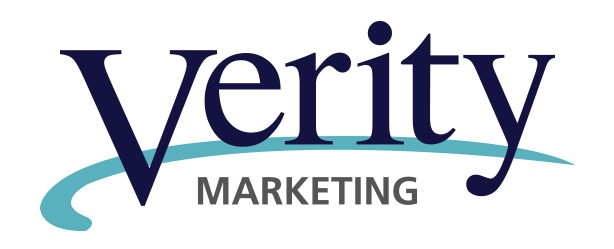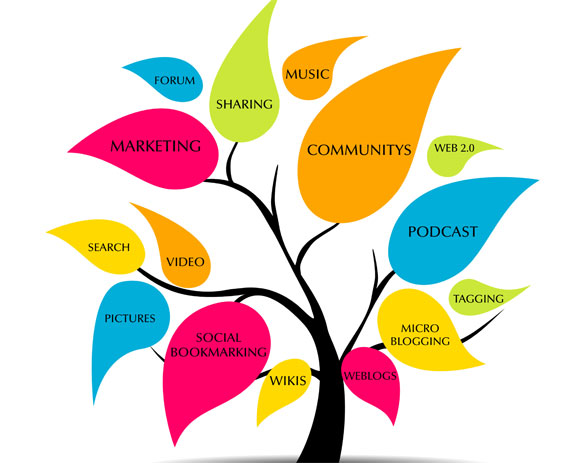Content for the Math Brain
If you’re like me, you were attracted to the internet due to not only the obvious of enabling anyone to do business, but more so because of the track-ability and direct response approach is innate to Internet marketing. Web analytics provided more insight than any direct response marketer could ever dream of. The idea of lead generation through testing, implementing and optimizing was a great practice for a decade and then the internet had another revolution, Internet 2.0. This is where writers and journalists emerged to take the internet to a new goal level of measurement; content, content, content and oh, “Content is King”. This facet of Internet marketing also helped to explode the already elusive term, “Search Engine Optimization or SEO.” Which leads me to a tangent I will discuss later…Did Google lead us to content or did we lead Google to content? Back to the subject at hand, content marketing for the math brained. We finally have that cock-headed look a dog gets, that we associate with confusion. A similar look is also gazing back at us as we explain the metrics to the journalists, open rate, share rate, CTR, engagement, trust-flow, SERP rankings, etc. So we defer to a writer to help us find the talent we need to support this very important realm of our business, content creation.
Today we focus on headlines. Something I have spent years trying to get writers to bastardize into SEO gems. Writing for SEO is one of the 1st documents I produced at a publishing company. It was not met with open-arms or pleasantries. It was as if I stole their college education right from under their feet and replaced it with a degree in phoney bologna. To go from print publishing to online publishing is not just an SEO challenge but a work methodology. After a decade of testing and optimizing content, Courtney Seiter with Buffer writes about Winning Headline Strategies and the Psychology behind them. She cites analytics to determine shares and responses to the content on different platforms.
Seiter follows her own teachings with her headline for this blog, “8 Winning Headline Strategies and the Psychology Behind Them”. The cliff notes are below and you can read her full article and sources at the bottom of this article.
- Surprise. Something you do not expect to happen, like the president quoted using slang, “That’s hella cool.” Now the reader must care about what it is the president finds interesting. Another recent use is the pope just announced to stealing a rosary from a dead priest in his casket …yes, that is true of our current pope. This is certainly surprising. Or as I coin it, “The shock factor.” In the 1st war after 9/11 we called it, “The Shock and Awe.”
- Questions. Odd questions also pull from the number 1 recommendation and add to the value of the headline. Seiter references this question, “Do you close the bathroom door even when you are the only one home?” I would recommend, “Did you remember to put your social media on this morning before you left the house?” This will incite curiosity as to what that means as those words typically are not found in the same context. Not only do we like giving our opinions, but we want to know how we stack up against others’ opinions.
- Curiosity. Most people once given a little information want more information and feel their information repository is insufficient without augmenting more data on the subject. This is a psychological factor coined, the information gap or curiosity gap by Carnegie Melon University professor, George Lowenstein. Research indicates the more we learn, the more we want to know. Therefore this headline type may in fact create an archeologist on the subject you are contributing to. Your readers may dig and dig, so be sure to have plenty of well sourced content available beyond your initial headline.
- Negatives. A study was conducted by Outbrain that compared 165,000 headlines containing positive, negative and no affect. The negative headline received 63% greater click-through rate, on average. The theory behind such research is one founded in marketing basics, fear tactics. Could this headline potentially be referencing something that could harm, me or my family, my business or society at large and should I be informed? Be careful to not over-use any particular headline style too much for the obvious reason of reader blindness as well as to have a tone that is congruent with your brand. Your brand should be the foundation of which all headlines are a reflection.
- How to. One would think as acronyms change these days, that this would already be re-named, “Do it Yourself or DIY”. People want to be able to navigate life a little easier. Just last night, Bill Nye (The Science guy for you youngsters that don’t know him) talked about how he got his following by delivering what he called, “Life Hacks”. He would deliver his life hacks via different social media sites via video or blogs and images. A more famous testament to this headline method is one you are sure to know, the best seller, How to Win Friends and Influence People by Dale Carnegie. Current thought says this should be expounded upon to include more detail, such as “The Beginners Guide”. Anything that will indicate simplicity in navigating, will likely increase your click-through rate.
- Numbers. This is journalism 101 as I have been told by my colleagues that giggle as I stare blindly at a semi colon. Seiter references psychological studies that indicate uncertainty is something that we humans just do not like. I am sure without a study, you can agree. I recall a college professor referencing customer service with the same implication. He told us of a study where folks were placed on hold while calling a bank. The callers were in 1 of 2 test groups; One where no information was given and just placed on hold indefinitely and the 2nd group had intermittent “reward” apologizing for the delay yet promising to be right there. The outcome was that those in absence of information held for a significantly shorter time period than those given intermittent messages that it would be soon. And thus delivered in the maternity ward is Numbers to the mommy, “Headlines”. Numbers give readers a sense of what to expect from where they are going. They know an approximate time commitment they can expect and what they will learn. Further research indicated that the larger the number, the further the content was shared.
- Audience Referencing. This means the reader feels identified in the headline and that you understand their plight or needs based on the headline. My personal favorite and already referenced, is the book, “What to Expect When You’re Expecting”. I work with many women and have used this title on many projects just to get a good chuckle when I pull my title page up. “What to Expect when You’re Expecting a Website” is a must-have tutorial for all the journalist crowd in the house. When a reader feels understood, they will click.
- Specificity. Use sources and data. Be concise and clear so that the reader knows this is reputable information. Cite your references and make them usable to common day experiences. Give enough detail that the reader can form a visual picture in their mind. In my 1st role as a statistician, I remember picturing catalog selection criteria for segmentation as a huge strainer that I kept applying tighter filters to.
I hope you have enjoyed reading about Headline DIY’s. For the complete article by Courtney Seiter, click here>>



